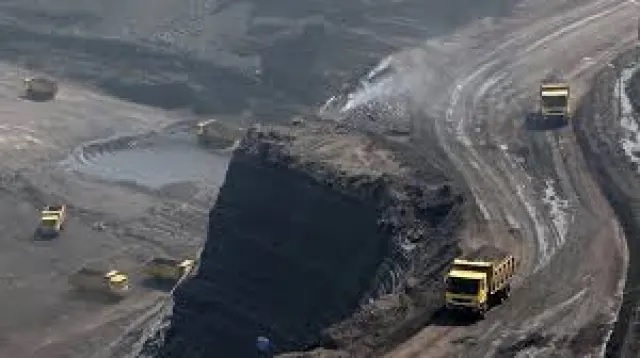The process through which the structure of a biological community evolves over time is called as Ecological Succession.
There are two different types of succession – Primary Succession and Secondary Succession. Primary succession occurs in essentially lifeless areas. These areas are regions in which the soil is incapable of sustaining life. Secondary succession occurs in areas where community that previously existed has been removed.
Primary and secondary successions both create a continually changing mix of species within communities as disturbances of different intensities, sizes, and frequencies alter the landscape. The sequential progression of species during succession, however, is not random. At every stage certain species have evolved life histories to exploit the particular conditions of the community. This situation imposes a partially predictable sequence of change in the species composition of communities during succession.
Initially only a small number of species from surrounding habitats are capable of thriving in a disturbed habitat. As new plant species take hold, they modify the habitat by altering such things as the amount of shade on the ground or the mineral composition of the soil.
These changes allow other species that are better suited to this modified habitat to succeed the old species. These newer species are superseded, in turn, by still newer species. A similar succession of animal species occurs, and interactions between plants, animals, and environment influence the pattern and rate of successional changes.
In some environments, succession reaches a climax state, which produces a stable community which is dominated by a small number of prominent species. This state of equilibrium, called the climax, is thought to result when the web of biotic interactions becomes so intricate that no other species can be admitted.
This stability may commonly occur due to lack of disturbance or community resistance or resilience in the face of disturbance.
The stability can be defined as the persistence of a community or ecosystem in the face of disturbance. The ability of a community or ecosystem to maintain structure and/or function in the face of potential disturbance is called as resilience or the ability to bounce back after disturbance is called resilience.
A resilient community or ecosystem may be completely disrupted by disturbance but it quickly returns to its former state.
Predicting and assessing system responses to impacts and their interventions
A number of techniques of the management of environment have been developed so far by environmentalists across the world for predicting and assessing system responses to impacts and their interventions. Some of these important techniques are– Environmental Impact Assessment, Environmental Audit, and Environmental Monitoring.
Environmental Impact Analysis and Assessment:
This technique was first formulated in California. US have codified this technique in its U.S. National Environmental Policy Act (NEPA). The EIA is the process of the assessment of impact of an industry on the local and global environment.
According to Environmental Impact Assessment and Analysis an Environmental Impact Statement is prepared by concerned authorities. The EIS prescribes investigatory and remedial measures that are necessary for the mitigation of the adverse effect of the development.
Environmental Audit:
A thorough examination of the activities that directly or indirect affect our Environment is called as Environmental Audit.
It was introduced in India in 1993. Environmental Audit is done on the model of financial audit and it examines the processes and outcomes of environmental impacts.
It requires value judgments, which are usually set by preferences of public, their ideas and policy to define the acceptable outcomes. In environmental auditing life cycle analysis are done so as to assess the impact of consumption of resource and creation of wastes.
Environmental Monitoring:
The law enforcement agencies or the regulatory agencies and Pollution Control Boards monitor different types of pollution, analyse data so obtained and assess the possibilities of the risks to the environment on the whole and to the human beings as well. This is an important part of the management of environment.
Rapid appraisal methods
An approach that draws on multiple evaluation methods and techniques to quickly, yet systematically, collect data when time in the field is limited is called as Rapid Appraisal.
Rapid appraisals are quick actions and can be done at relatively low cost. Rapid appraisal methods can help gather, analyse, and report relevant information for decision-makers within days or weeks. This is not possible with sample surveys. Rapid Appraisal can be used in the following cases:
• For formative evaluations, to make mid-course corrections in project design or implementation
• When a key management decision is required and there is inadequate information
• For performance monitoring, when data are collected and the techniques are repeated over time for measurement purposes;
• To better understand the issues behind performance monitoring data; and
• For project pre-design assessment.
Findings from rapid appraisals may have limited reliability and validity, and cannot be generalized to the larger population. Accordingly, rapid appraisal should not be the sole basis for summative or impact evaluations. Data can be biased and inaccurate unless multiple methods are used to strengthen the validity of findings and careful preparation is undertaken prior to beginning the field work.





Systems resilience is a new concept for me; the website is a great place to develop concepts on environment.
Thanks for this valuable knowledge.
thanks for sharing this information